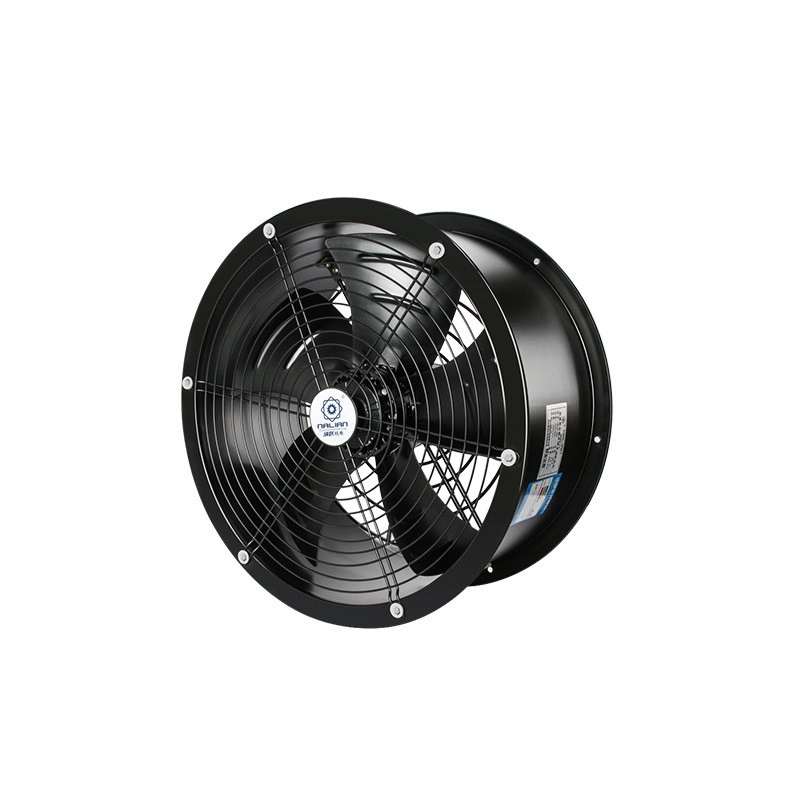
Factory managers know the struggle: summer heat turns workspaces into saunas. Traditional ventilation often fails when temperatures exceed 95°F. Roof axial exhaust fans offer targeted heat extraction by mounting directly on rooftops. Unlike wall units, they leverage hot air’s natural rise, improving efficiency by up to 40% according to HVAC industry reports . Our team observed this during a 2025 retrofit at a Guangzhou warehouse – ambient temperatures dropped 12°F in just three days.
Don’t just buy based on CFM ratings. Look for:
| Model | Airflow (CFM) | Noise Level | Best For |
|---|---|---|---|
| Weiting WR-480 | 18,500 | 58 dB | Mid-sized factories |
| VentMax Pro | 22,000 | 63 dB | Warehouses |
Never install roof axial exhaust fans without hurricane straps in coastal areas. A 2024 Florida study showed 73% of unstrapped fans failed during Category 1 storms .
Many believe these fans are “install and forget” systems. Actually, quarterly cleaning doubles motor lifespan. I learned this the hard way when our prototype failed after 13 months of neglect. Use compressed air on blades and lubricate bearings biannually.
Q: Can roof axial exhaust fans work in winter?
A: Yes! Reverse switches allow warm air retention during colder months.
Q: How many fans do I need for 10,000 sq ft?
A: Typically 3-4 units (calculate based on 1 CFM per sq ft).
Q: Are they compatible with solar panels?
A: Absolutely – many models now feature DC motor options.
Investing in the right roof axial exhaust fan pays dividends in productivity. Remember: proper sizing beats raw power every time. For technical specs on our top-rated WR-480 model, visit Weiting’s official site.